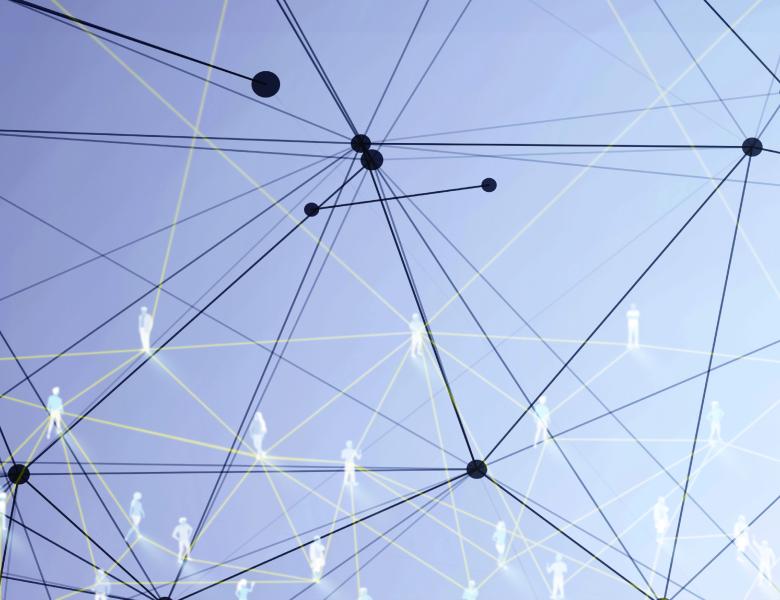
Abstract
We study how communication platforms can improve social learning without censoring or fact-checking messages, when they have members who deliberately and/or inadvertently distort information. Message fidelity depends on social network depth (how many times information can be relayed) and breadth (the number of others with whom a typical user shares information). We characterize how the expected number of true minus false messages depends on breadth and depth of the network and the noise structure. Message fidelity can be improved by capping depth or, if that is not possible, limiting breadth, e.g., by capping the number of people to whom someone can forward a given message. Although caps reduce total communication, they increase the fraction of received messages that have traveled shorter distances and have had less opportunity to be altered, thereby increasing the signal-to-noise ratio.


